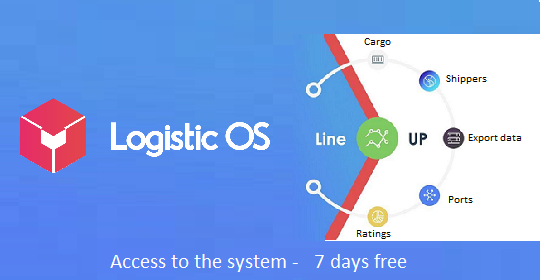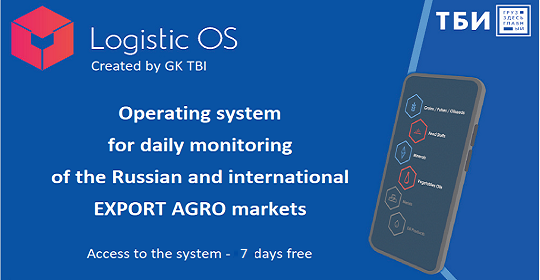Currently, enterprises in the agricultural sector are actively implementing artificial intelligence, marketplaces and drones.
According to experts, in the next 2-3 years, the digitalization of the agricultural sector should make a powerful leap forward.
This is no longer a luxury, but an urgent necessity, because it is necessary to increase business efficiency.
Moreover, such a trend will most likely be observed in the field of both crop production and livestock production.
Currently, almost all farms that are present in Kuban have taken the first step towards digitalization.
We are talking, first of all, about drawing up a field map. Also, these maps already display yields, and some farms are introducing automatic agrochemical soil analysis using special sensors.
All this together allows you to always see what the situation is in the fields, and promptly notice problems, as well as identify areas with maximum and minimum productivity, and see statistics for recent years.
Artificial intelligence helps to process all this data and find various patterns.
The next stage of digitalization could perhaps be the aggregation of this data within one platform. However, this process faces obstacles that are currently not always easy to overcome.
Staff shortage
It is now manifested in almost all areas, but farmers have additional problems: the low prestige of the industry does not attract young people.
In addition, there are problems with training certain types of specialists in the country.
Lack of funds for investments
Low product prices, high export duties, rising prices for equipment and fertilizers lead to the fact that many farmers do not have enough money even for annual operating expenses, while the introduction of various technologies requires large sums, and the payback period can be significant.
As a result, often only large enterprises can afford digitalization, while small ones cannot.
In addition, small farmers often already have good production efficiency indicators, and they simply do not see the need to invest in AI and other technologies.
The state to some extent contributes to the implementation of modern technologies.
For example, it requires almost all farmers to connect to the “Grain” and “Mercury” systems.
However, it is obvious that, in addition to coercive measures, it is required, at a minimum, to ensure stable Internet in areas remote from cities, and, at maximum, to additionally subsidize farmers so that they have funds for digitalization.

